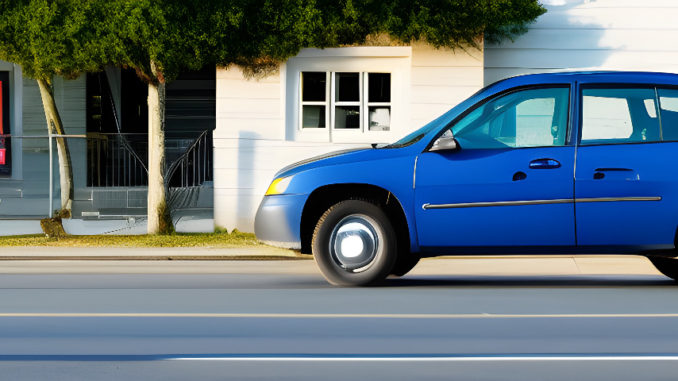
The decision between buying and leasing a car is one that many individuals face when considering a new vehicle. Each option comes with its own set of advantages and drawbacks, making the choice a pivotal one for your financial well-being. In this blog post, we’ll conduct a comprehensive comparison of buying and leasing a car, exploring the key factors to consider, the benefits of each option, and offering insights to help you make an informed decision that aligns with your lifestyle and financial goals.
Introduction: The Buy vs. Lease Dilemma: The choice between buying and leasing a car hinges on various factors, including financial considerations, ownership preferences, and long-term goals. Understanding the implications of each option is essential for making an informed decision that aligns with your needs.
Financial Aspects: When it comes to the financial aspect of the decision, both buying and leasing have their own financial considerations. Buying a car involves monthly loan payments and eventual ownership, but it also comes with depreciation costs. Leasing, on the other hand, offers lower monthly payments, but the lessee doesn’t own the car, and lease-end charges can apply.
Upfront Costs: Upfront costs can significantly impact your initial financial commitment. Buying a car usually requires a down payment, taxes, and potential financing fees. Leasing typically involves an initial payment, taxes, and possibly security deposits.
Ownership and Flexibility: Ownership and customization are key factors to consider. Buying a car offers full ownership, the ability to customize the vehicle, and no mileage restrictions. Leasing provides temporary use of the car with limited customization options and mileage limits.
Maintenance and Repairs: The responsibility for repairs and maintenance also varies between buying and leasing. Buying a car means taking on repair costs, especially after the warranty period ends. Leasing often comes with warranty coverage and requires adherence to manufacturer-recommended maintenance.
End-of-Term Considerations: The end of the term brings its own set of considerations. Buying a car allows for no return restrictions and potential resale value. Leasing involves lease-end decisions, potential excess wear and mileage charges, and the possibility of entering into a new lease.
Pros and Cons of Buying and Leasing: Both buying and leasing come with their own set of pros and cons. Buying offers ownership, equity building, and no mileage limits, but it also involves higher monthly payments and depreciation costs. Leasing provides lower monthly payments, warranty coverage, and the option to drive a new car more frequently, but it has mileage limits and lease-end charges.
Making the Decision: The decision between buying and leasing depends on your unique financial situation, lifestyle, and long-term goals. Consider your monthly budget, preferences for ownership, expected mileage, and how frequently you want to drive a new car.
Conclusion: Finding the Right Fit for You: Ultimately, the choice between buying and leasing a car is a personal one that depends on your individual circumstances and priorities. Assess the financial implications, ownership preferences, and long-term goals to determine which option aligns best with your needs. Remember that there’s no one-size-fits-all answer, and making an informed decision will set you on the path to a satisfying car ownership experience.
Leave a Reply